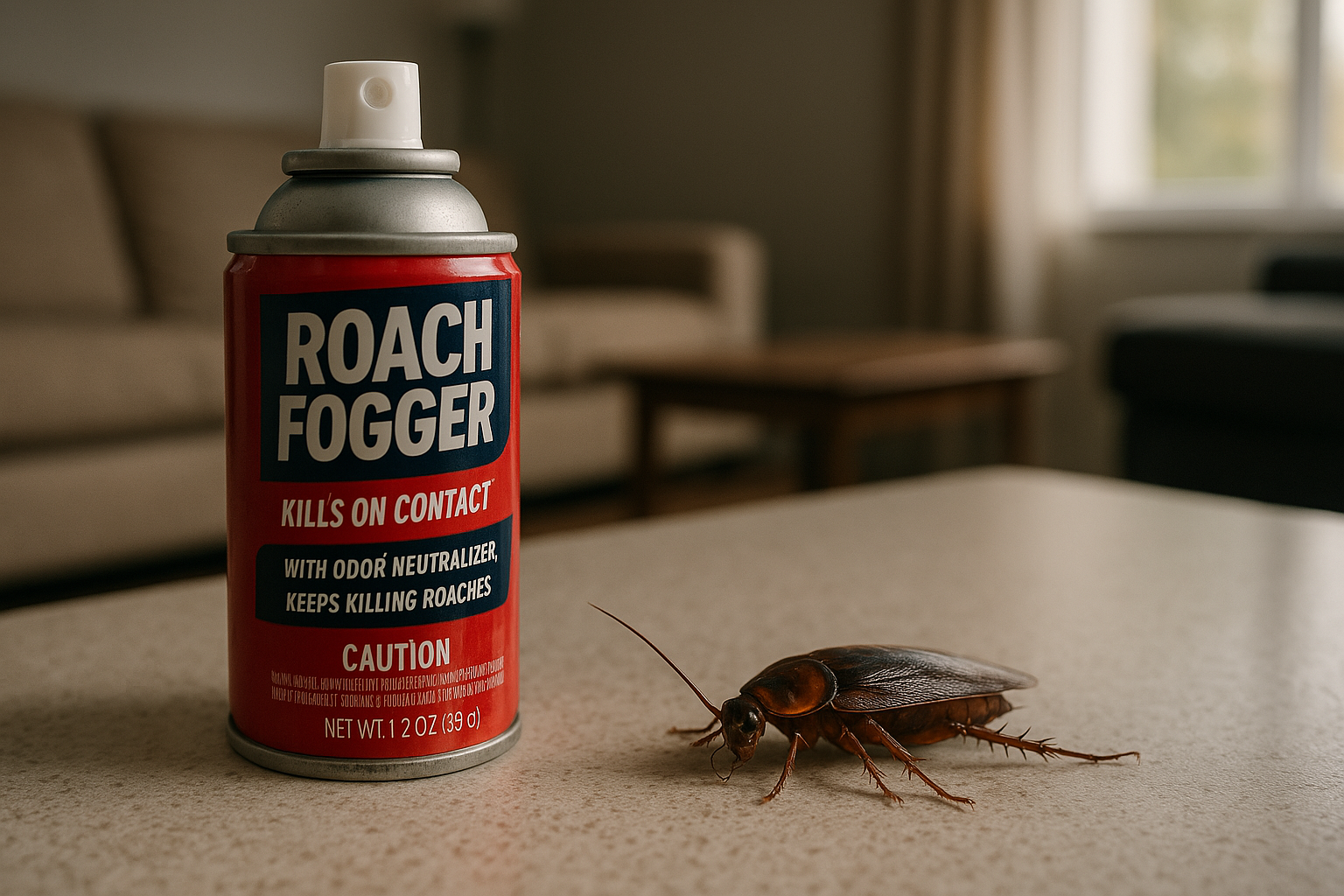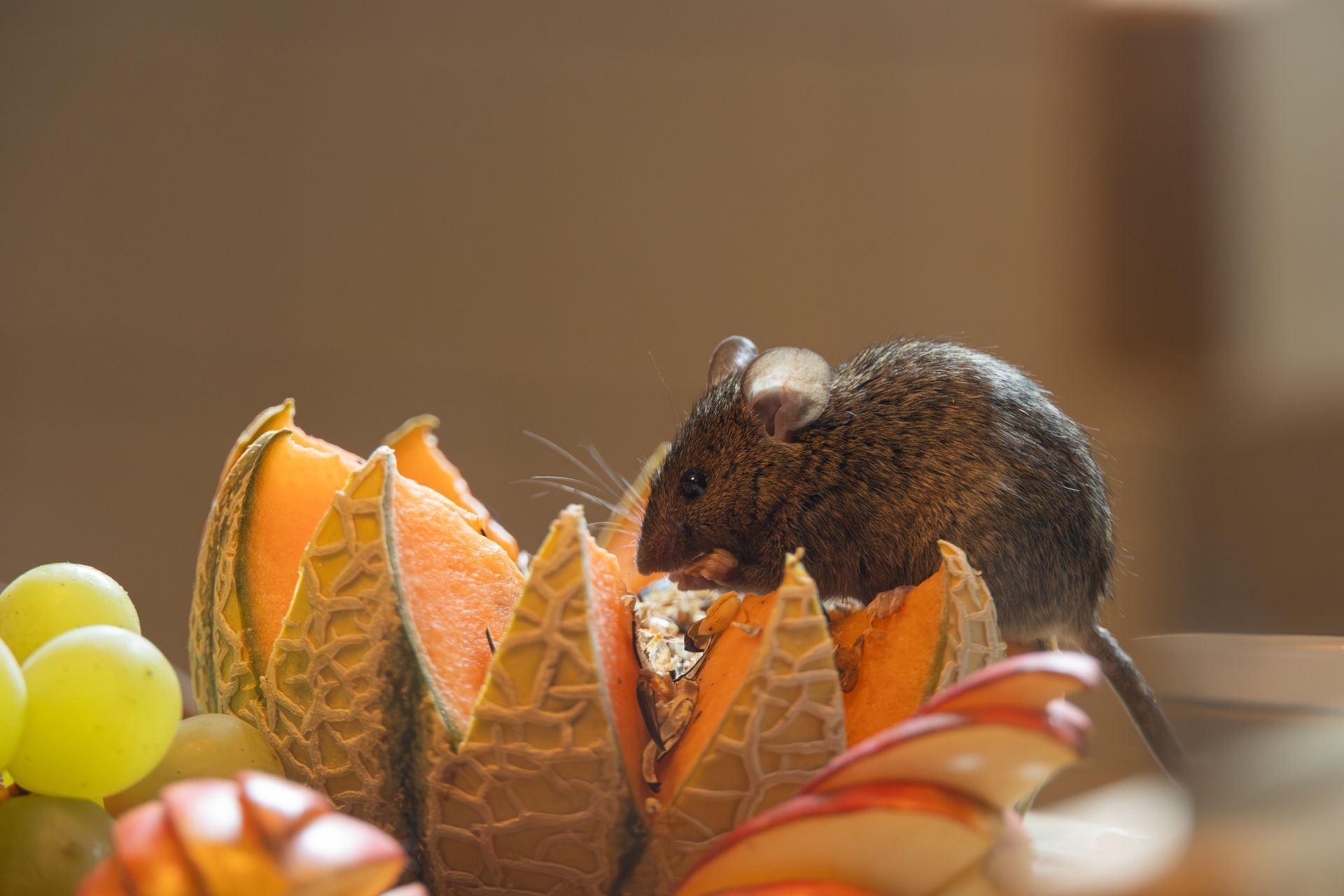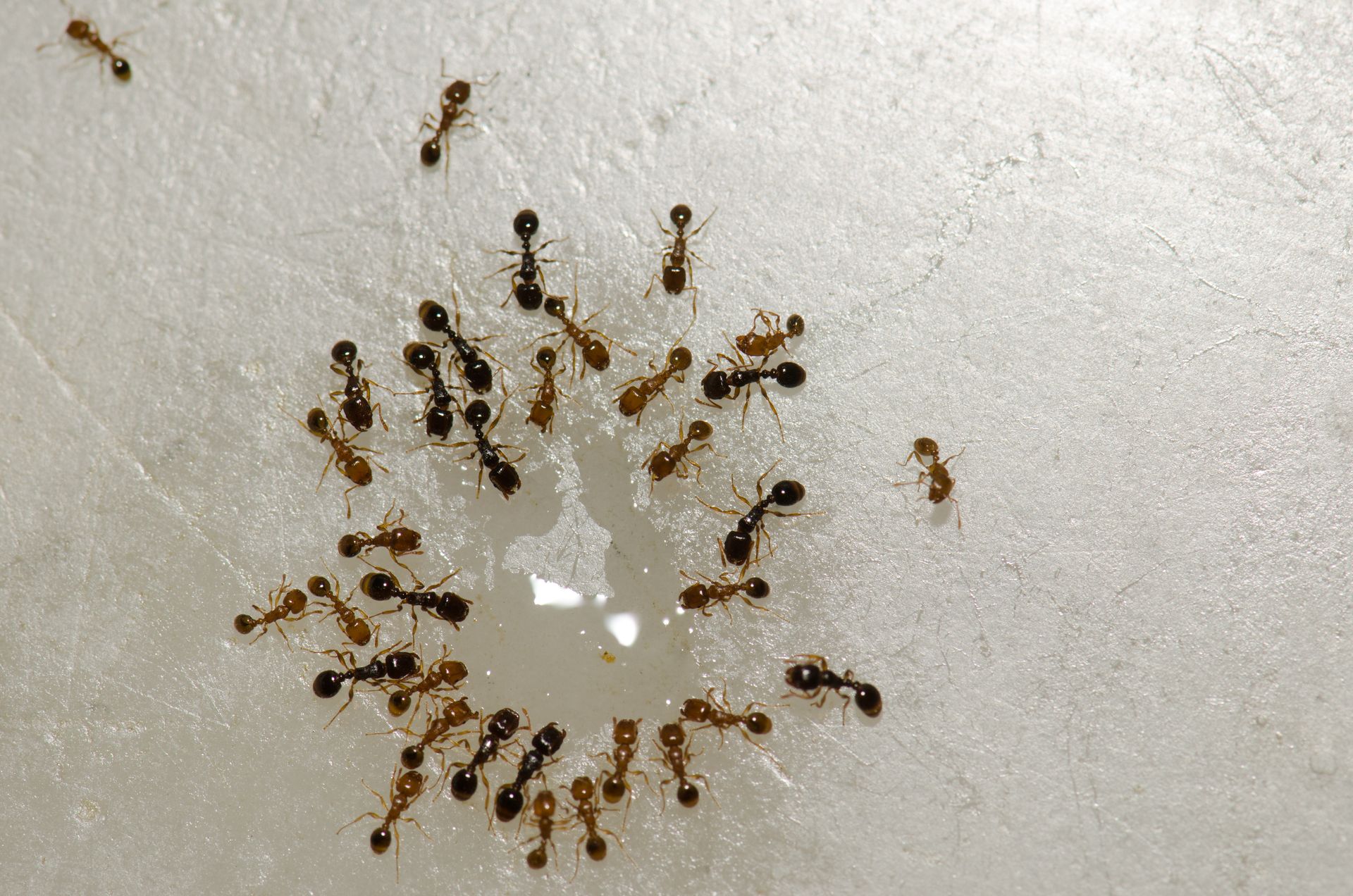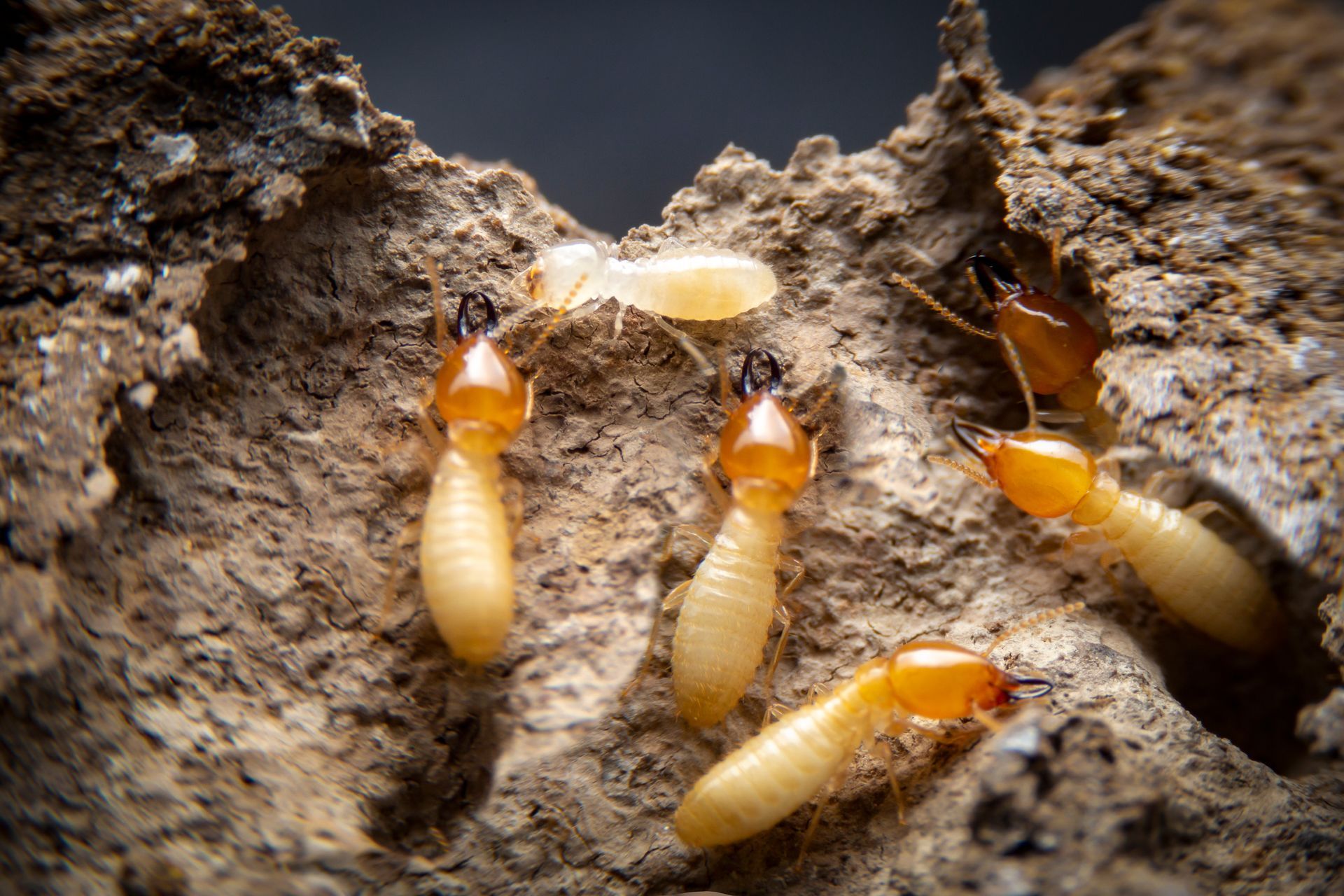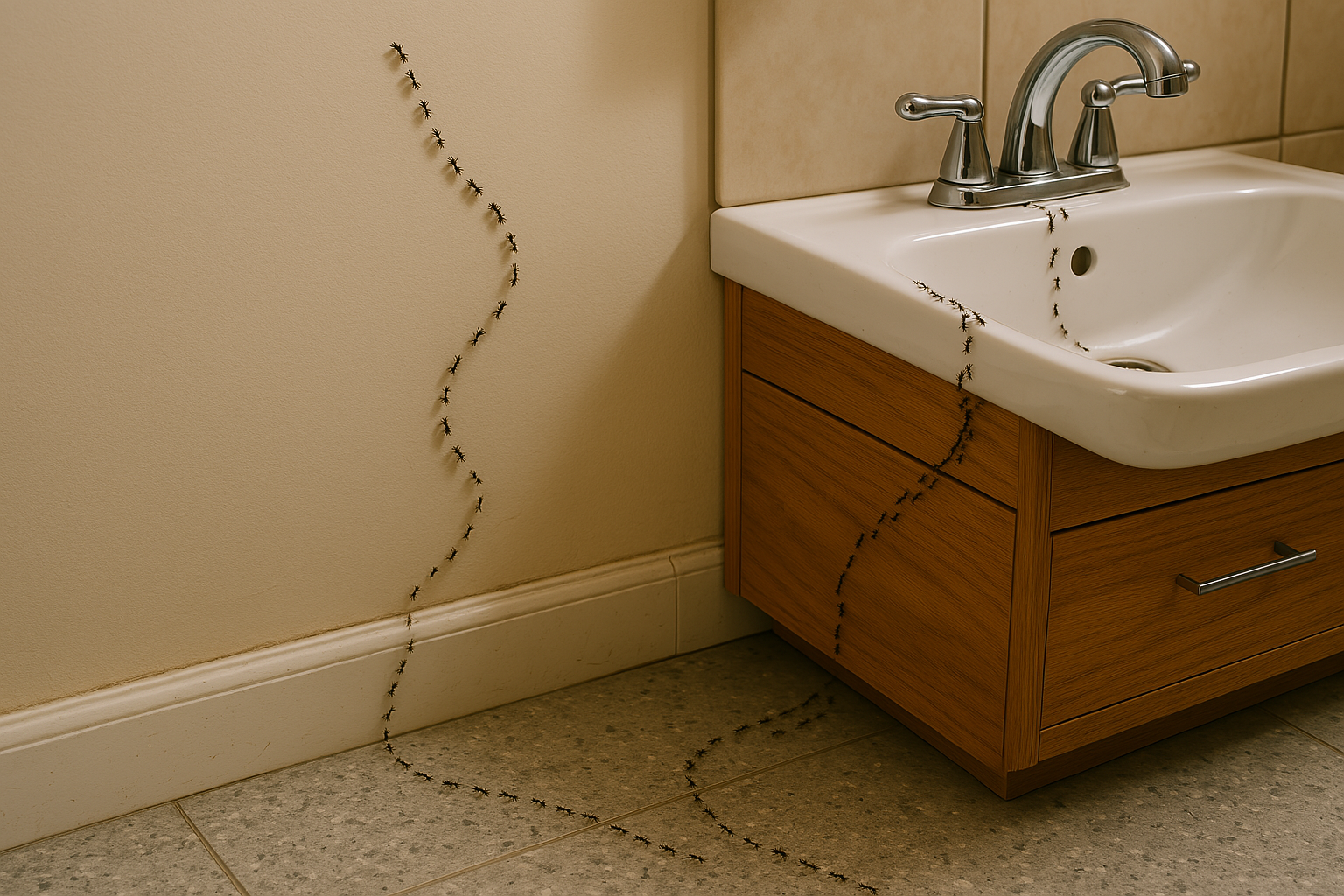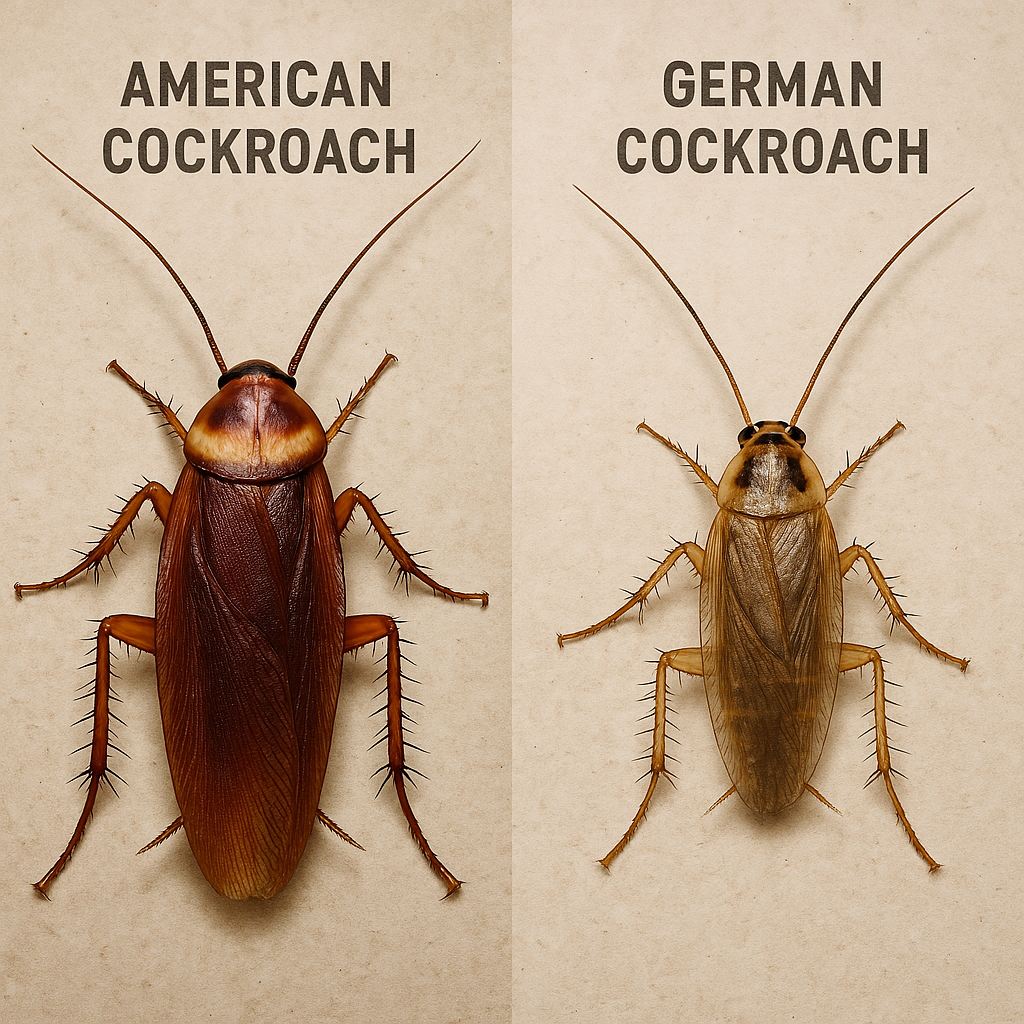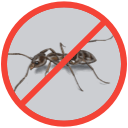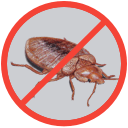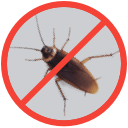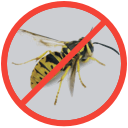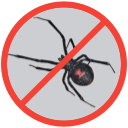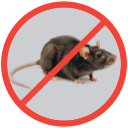What Attracts Stink Bugs in Your House?

There are few types of pest infestations that have the potential to smell worse than an invasion of stink bugs. When there is one, there are usually more and these small insects can make their presence known by releasing smelly odors that stink up the place when they feel threatened or are crushed.
These shield shaped bugs are commonly found in the United States and are damaging to plant life in addition to creating an unpleasant odor. Understanding what may attract stink bugs can help homeowners devise a strategy to keep them out. Stink bugs are attracted to your house for a variety of different reasons: food sources, warmth, lights, and pheromones that are given off by other stink bugs.
Once you know why stink bugs are attracted to your house, it’s easy to figure out where they’re entering from and you can take a few simple preventative measures to keep them out.
What Attracts Stink Bugs to Your Property?
Stink bugs are attracted to green, rural spaces. These include:
- Agricultural fields
- Orchards
- Large gardens
- Landscapes with many shrubs and trees
- Landscapes with many fruits and vegetables
Stink bugs feed on all sorts of fruits and vegetables, especially soybeans and corn. If you’re growing these on your property then you’re more likely to attract stink bugs.
What Are Stink Bugs Attracted To?
If stink bugs are attracted to rural spaces, then what makes them come inside your home?
Stink bugs may be drawn into your house because they:
- Need shelter
- Need warmth
- Can detect the presence of other stink bugs
- Are attracted to the lights in your home
- Are drawn to your ornamental plants or fruits and vegetables
- Mistake your home for their natural habitat
Shelter
During the summer, stink bugs will likely come to your property to feed on fruits and vegetables that may be growing there.
When temperatures drop in the late fall / early winter, stink bugs may then move inside your home to begin a process called “diapause.”
Diapause is a period in the stink bug life cycle when its metabolism slows down so it can go dormant. It’s similar to hibernation, in that the bugs are mostly inactive and don’t eat any food. Stink bugs go into diapause so they can get through the winter months when food is scarce.
Indoor shelter provides stink bugs with warmth and safety from predators.
Warmth
Stink bugs may be attracted to your home because it gives them shelter from the cold during the winter. Attics, walls, and crawl spaces are the perfect places for stink bugs to escape the cold and begin their diapause stage.
Stink bugs will become active again when the weather starts to warm up, and they’ll head back outdoors to seek food.
If stink bugs are already sheltering inside your home, they might reemerge during a warm spell in the winter. A warm spell can make the stink bugs think the spring has arrived, drawing them out of their hiding places.
Pheromones
Once a stink bug finds a good place to shelter inside your home, it’ll release a pheromone that attracts other stink bugs to their location. Basically, once a single stink bug is attracted to your home, large numbers of stink bugs will be attracted to your home.
Lights
Like many bugs, stink bugs are attracted to bright lights. At night, the exterior lighting on your home might be drawing stink bugs right up to the walls.
Stink bugs aren’t only attracted to white and yellow lights. According to research, some species of stink bug (like brown marmorated stink bugs) are also drawn to blue lights and UV black lights.
Consider turning off your exterior lights in the evening before you go to bed and when you’re not using them.
Ornamental Plants & Produce
Stink bugs eat a variety of fruits and vegetables. They might be drawn into your home if:
- You don’t store your produce in your refrigerator
- You don’t keep your kitchen clean and there are scraps of produce lying around
- You’re growing produce too close to entry points in your home (crawl spaces, windows, and doorways, etc.)
Stink bugs also feed on ornamental plants and garden weeds. Take the following precautions if you have either of these in or around your home:
- Ornamental Plants: Keep ornamental plants away from entry points into your home, like doorways, windows, and areas where there are crawl spaces. The ornamental plants may be drawing stink bugs into your home.
- Garden Weeds: Maintain your garden and remove weeds every week so stink bugs have nothing to feed on. You might want to avoid growing fruits and vegetables in your garden if it’s located very close to the walls of your home.
Area That Resembles Their Natural Habitat
When stink bugs diapause in nature, they’ll shelter beneath rocky crevices or dead tree bark. For that reason, stink bugs might be attracted to dark spaces inside your home with natural wood materials.
Why Do Stink Bugs Appear Inside?
While stink bugs are not social insects in the sense that they work together like other hive or nest-oriented insects, they do tend to aggregate together in large groups. The reason behind this is because stink bugs release pheromones that leave behind trails for other stink bugs to find and follow. This means that once one stink bug gains access to a home, other stink bugs can use the same pathway to find a safe place for them to hide. This results in large gatherings of stink bugs both inside and outside of a property. When it is time for stink bugs to start their diapause phase, stink bugs will inevitably enter a home which will lead others inside unless the proper precautions are taken.
How Do Stink Bugs Get In?
Once stink bugs are attracted to your home, it’s very easy for them to get inside. They’re small enough to slip through cracks and crevices in the:
- Roof
- Foundations
- Windows
- Loose door frames
How to Get Rid of Stink Bugs
There are a few different ways you can prevent stink bugs from entering your home or remove them if they’ve already started to invade your home.
Exclusion
The best way to keep stink bugs out of your home is to seal up any gaps, crevices, or other access points into your home as tightly as possible.
Make sure the following places are sealed:
- Windows
- Door frames
- Baseboards
- Utility boxes
- Siding
- Pipes
- Water spigots
Close the flue on your fireplace when you’re not using it so stink bugs can’t come in through the chimney. You should also replace any screen doors that have tears.
You can seal spaces around your home with the following materials:
- Foam sealant
- Caulk
- Mesh screens
- Tape
- Sweeps
Removal
Insects are experts at finding ways inside your home, and it’s possible that stink bugs will find entrances even if you’ve made a concerted effort to seal your home. Thankfully, it’s easy to remove a few stink bugs from your home (so long as you’re not too squeamish dealing with insects).
The easiest way to remove a stink bug is to suck it up in your vacuum cleaner. The downside is that your vacuum might smell like a stink bug for a little while.
You can also scoop up the bugs with a bug catcher or water bottle and discard them once they are contained.
Contact EcoGuard if You Are Dealing with Stink Bugs
One or two stink bugs are fairly easy to remove from your home, but what happens when hundreds of them are seeking shelter in your home for diapause? In that case it’s best to enlist pest control specialists to remove stink bugs from your home.
EcoGuard can remove stink bugs from your home and property. We’ll assess your situation and figure out the best way to get rid of stink bugs in your home or destroying your garden. We’ll come up with a stink bug treatment plan that has minimal impact on the health of your home and garden. Contact EcoGuard Pest Management today to schedule an inspection.


